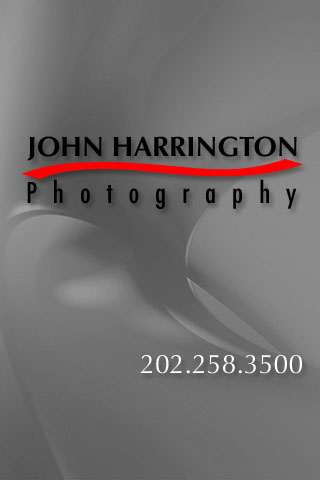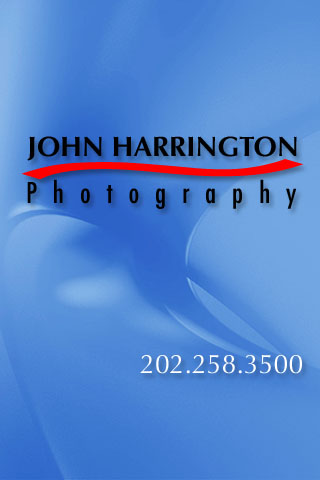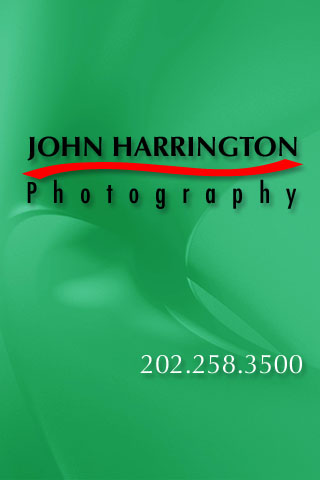Spec Comparative to Salary
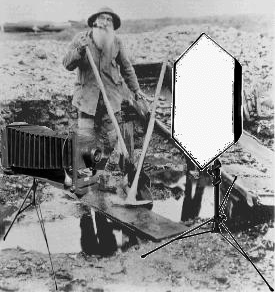 The question was posed to me about the “terrible salaries that a significant percentage of staffers at newspapers make”, and why, while collectively, we argue how horrible shooting on spec is, rarely does anyone object to the pay scales of staffers.
The question was posed to me about the “terrible salaries that a significant percentage of staffers at newspapers make”, and why, while collectively, we argue how horrible shooting on spec is, rarely does anyone object to the pay scales of staffers.
Fair question.
First, to spec, by way of example – for many years, I was hired by Rolling Stone and it’s sister publication Us Weekly to cover concerts and celebrities on Capitol Hill and at the White House. The assignment fee wasn’t great - $250, but they also, as is to be expected, covered expenses, including mileage, film and processing, parking, shipping, an assistant, and so forth. All in, an assignment could grow to cost upwards of $600, as a guarantee against usage, of course. In the end, the images often ran in the “Random Notes” section, a small 1/4 page or 1/8 page image, neither of which incurred a one-time use fee of greater than $250, save for a few times when I, for whatever, reason, got big play. Then, along came a “photographer”, who also had a design business where he did some of the graphics for concerts in town. Since the promoters gave him an all access pass, he wandered around taking pictures during the shows. He would then frequently shop them around, because he wanted to see his photos in Rolling Stone. After a year or so, when one of the annual festivals came around and I called about my regular assignment, the editor said “I am not assigning it this year, we’re getting spec work from {so and so} and we won’t be needing you.” Poof – away goes $250, plus my ability to generate revenue off those images. Had I said “oh, I’ll do it for spec, just get me a credential”, I would be not only subsidizing a media conglomerate with between $250-$600 in expenses, where they would only ending up paying the $150-$175 for the use of the one image, meaning that, in a best case scenario, I would loose $600 minus the $150 for the “privilege” of shooting the assignment, IF they used mine. He continued to work this way, and among his poor decisions, was one to drive over a hundred miles each way to a concert near Richmond, Virginia.
I recently was involved in a presidential debate – as the official photographer. More than one news magazine called the organizers, and they just wanted to know who was covering, so they could check their sites for stock, rather than assign their own photographers. These X agencies were paying a flat rate for their work, as WMFH, to those that were shooting, meaning that these news magazines that used to commit one to three photographers to a presidential debate were now just going to source their material from the agencies. These agencies, who used to require a fee for “a first look”, or would handle exclusive access to their images are now shooting on spec, and not taking assignments like they used to, nor do those magazines, who used to have several staffers in town, have any staffers at all. Further, Corbis just announced they are scuttling their assignment division. Is it any wonder? Anything worth covering, clients expect, will be covered, with costs incurred by the agencies, and only if they choose a photo, will they have to pay.
Compare this to staff – the organizations covering the debate, and whom work elsewhere every day, not only pay a salary – a guaranteed income stream to the photographer regardless of if they’re sick, get no play/pickup, or otherwise miss the shot. Further, equipment is provided, and repaired by the employer. Further, computers, a workspace, mileage (or a vehicle), shoot expenses, and so forth are covered. Starting photographers at small weekly papers earn low $20’s, PLUS all these things. This is revenue they can count on, and grow their talent on. They can evolve up to a $30k job, to 40’s, 60’s, and so forth. They also get, yes, healthcare, vacation, and many offer retirement plans/savings of some sort.
Spec has been one of the root causes of the drastic reduction in assignments being given for the day-to-day coverage in cities around the country. In fact, it’s happening in war zones and end-zones as well. Have credential, will travel.
I won’t leave my house unless I have a signed contract, stipulating fees, rights, expenses, and so forth. My calendar is very full, and I enjoy a wide variety of assignments. As I write this, I am at 33,000 feet on my way to the All-Star game in San Francisco. I know of a dozen photographers who would give their eye-teeth to cover that game on spec, “just for the experience”, and this mentality is what has driven down the assignment rates for the wires, and agencies, and forced those wanting to do them to be WMFH. I decline about a dozen assignments each month because they are low low paying, or demand WMFH. Keeping those days free means I am available for the better paying assignments when they come in, and those respect my rights as a creative. Over time, you get fewer and fewer calls for low-pay-rights-grabs, and those that respect your work continue to call, reversing the spiral downwards, and making a living off paying assignments, a viable solution.
The problem is, the mentality of people is “spec with the hope of income tomorrow” or “$250 WMFH is better than no revenue”, but this is a day-laborer mentality. Instead, take that time to cultivate prospective new clients. What does this mean? Find clients you want to work for, call them, send links to your website or a few images via e-mail to them showing recent work, and make the best of that free time. Doing the above is a short-term gain for a long term loss, however, doing the latter is a short-term loss for long term gain and stability in your business.
A salary, on the other hand, is a gurantee of payment for talent and services rendered, and you need not concern yourself with all the details of running your own business. Just like with the buy 2 get 1 free approach, when someone “buys in bulk”, they get a discount. In this case, a paper that pays, say $25,000 to a photographer in salary, for 250 days of work, or $100, a day, gross, before taxes. This is palatable, for a recent graduate, when they’re not responsible for gear, insurance, and so forth. Further, they’re guaranteed the work! If, say, they were being hired piecemeal, the paper should expect to pay upwards of $400 a day, where it’s a “we’ll call you when we need you” approach.
When someone guarantees this consistency, and is paying for that as well as ALL your expenses, it’s called a staff job. When someone offers no gurantees, requires you to cover all expenses, and is going to be considering your work alongside the other three people shooting under the same terms for other organizations, with a 25% chance you’ll earn anything (i.e. if yours is chosen over the other 3), that’s called spec, and that blows.
Please post your comments by clicking the link below. If you've got questions, please pose them in our Photo Business Forum Flickr Group Discussion Threads.
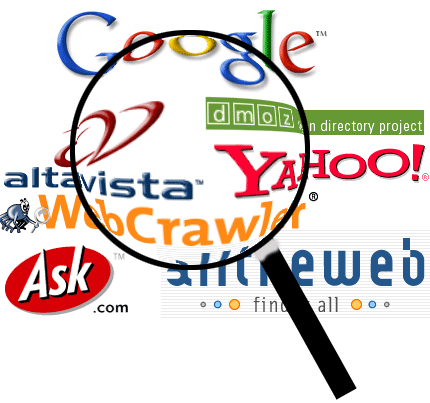 The Washington Post reports in
The Washington Post reports in  as seen
as seen  new Apple TV during his presentation, as seen to the right.
new Apple TV during his presentation, as seen to the right.  Today's Speedlinks.
Today's Speedlinks.
